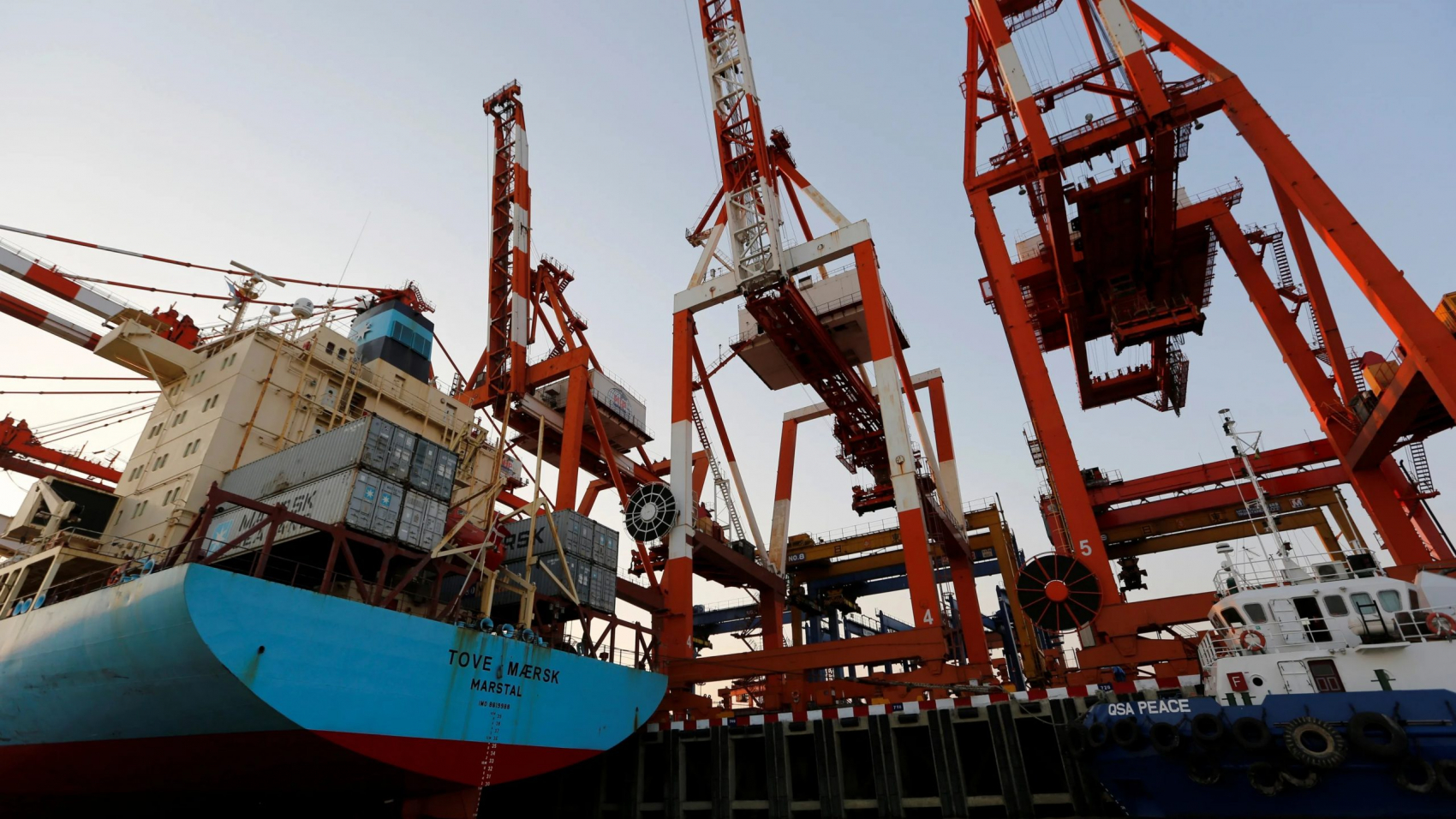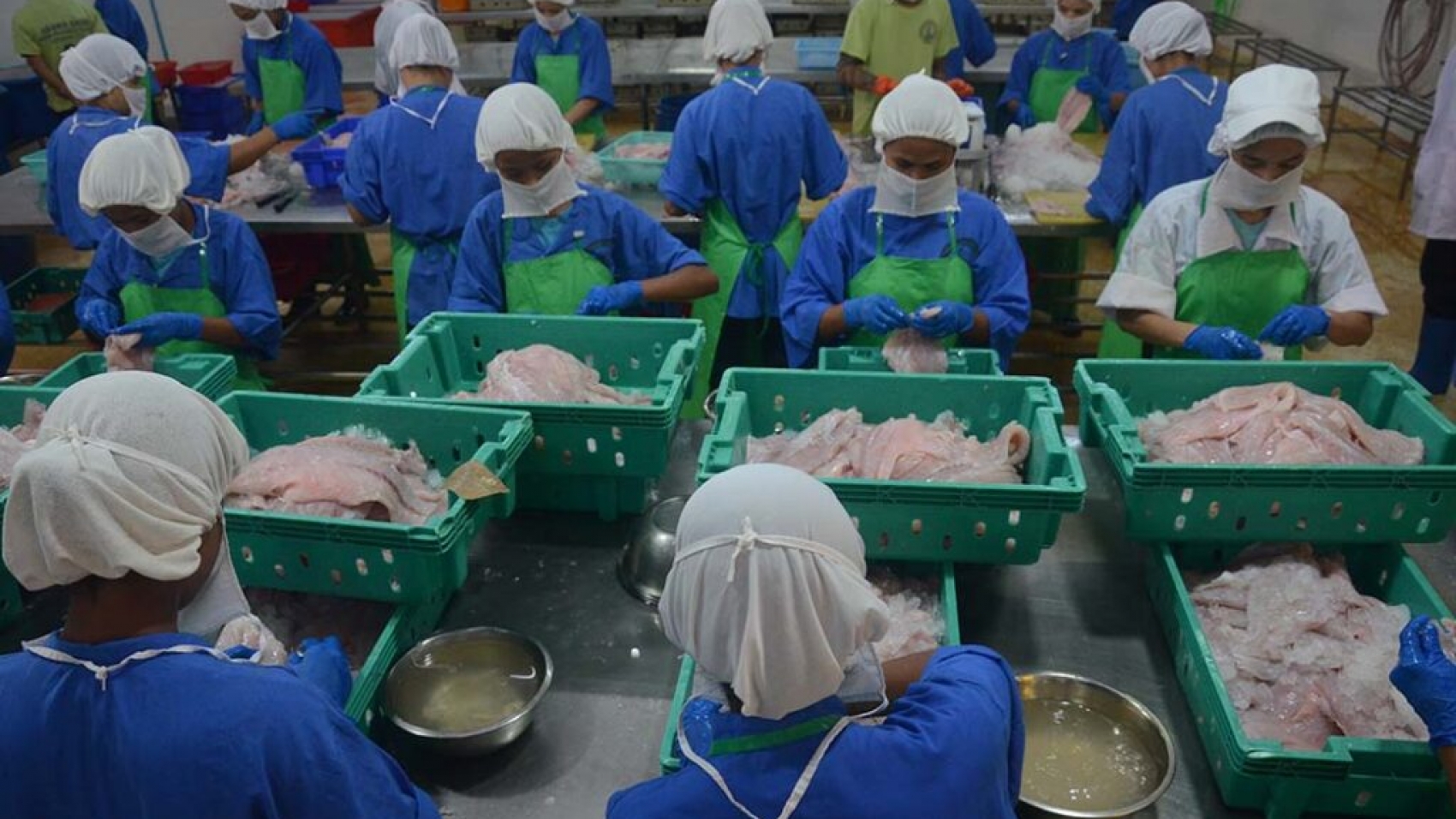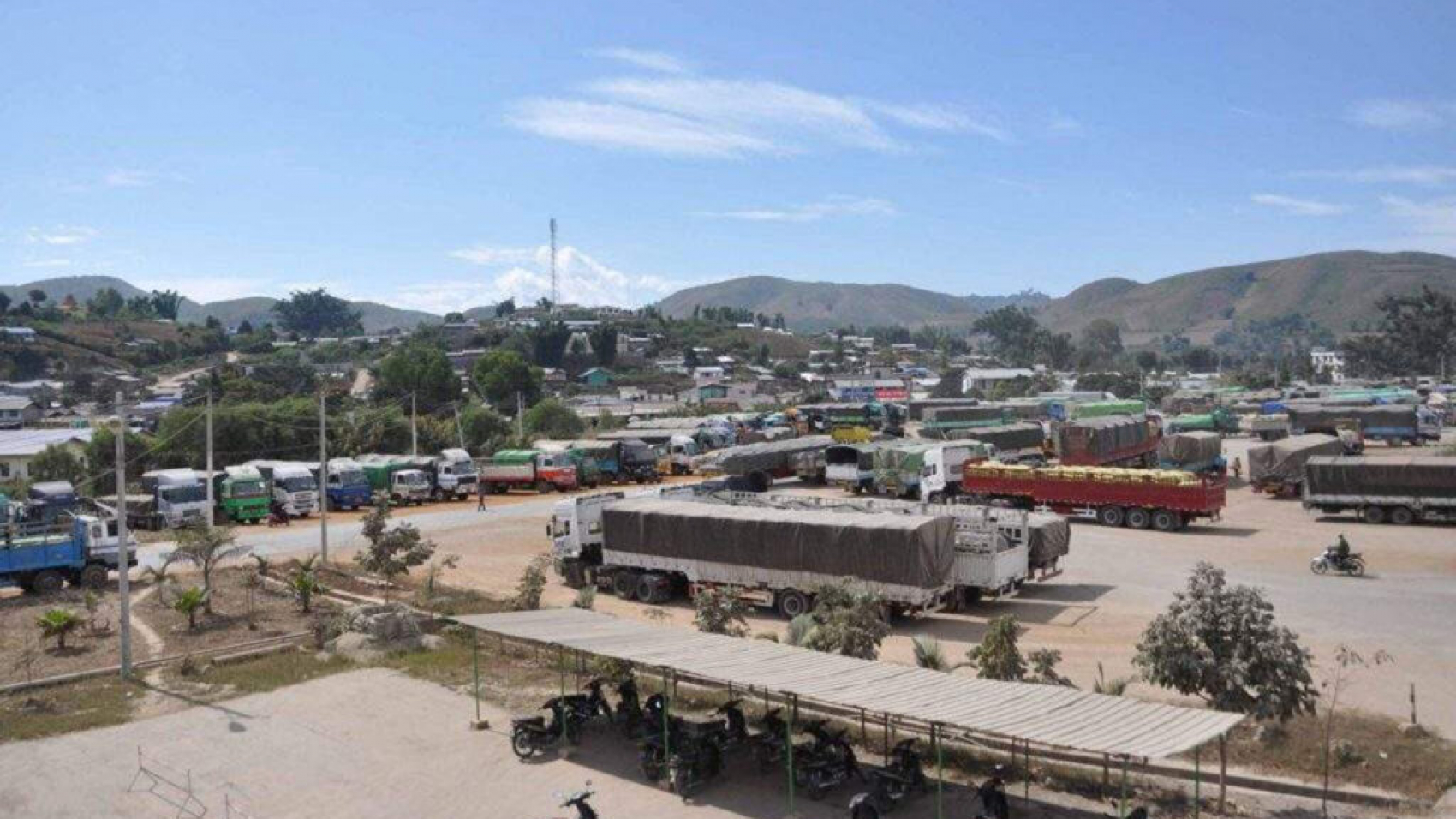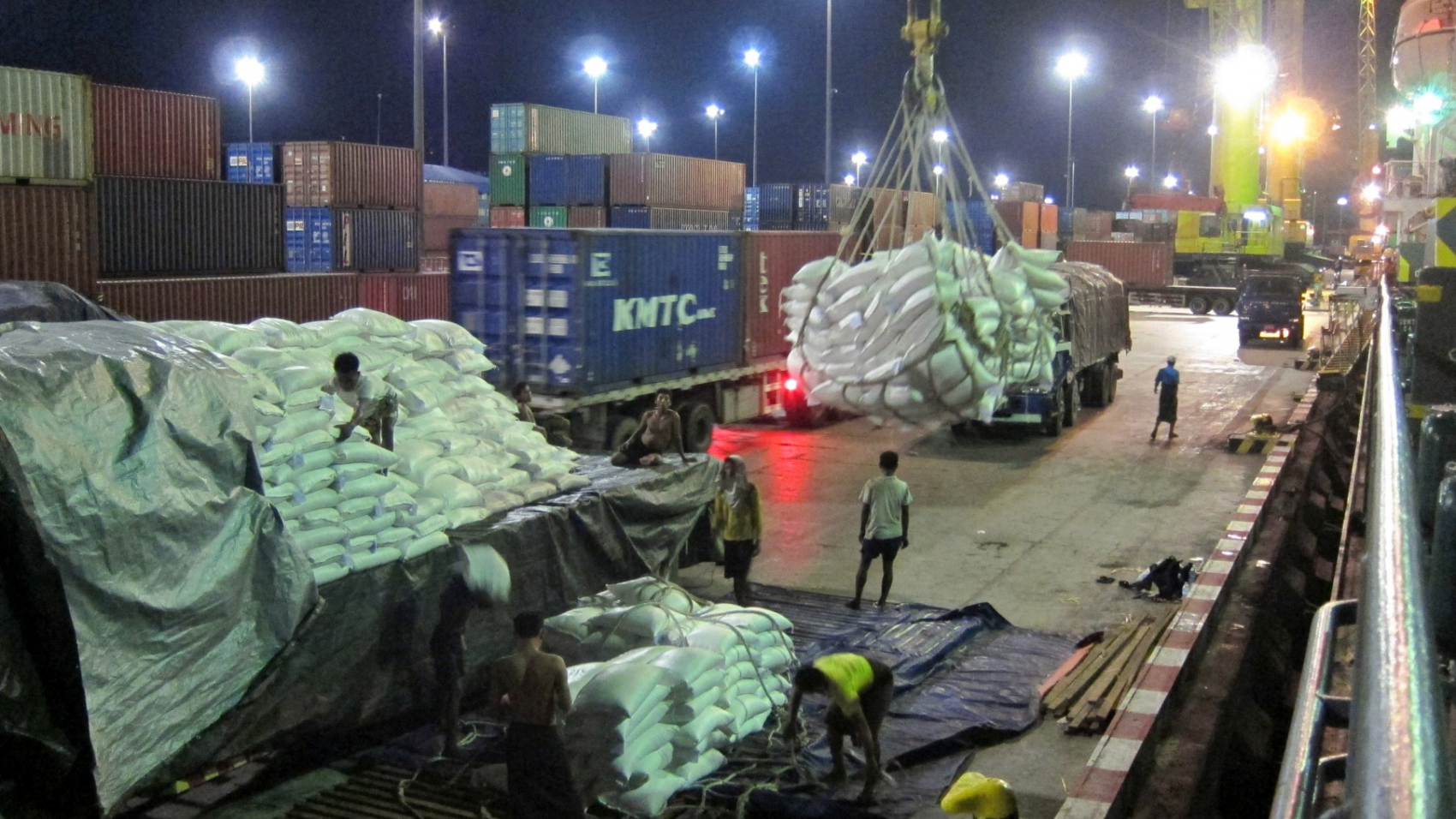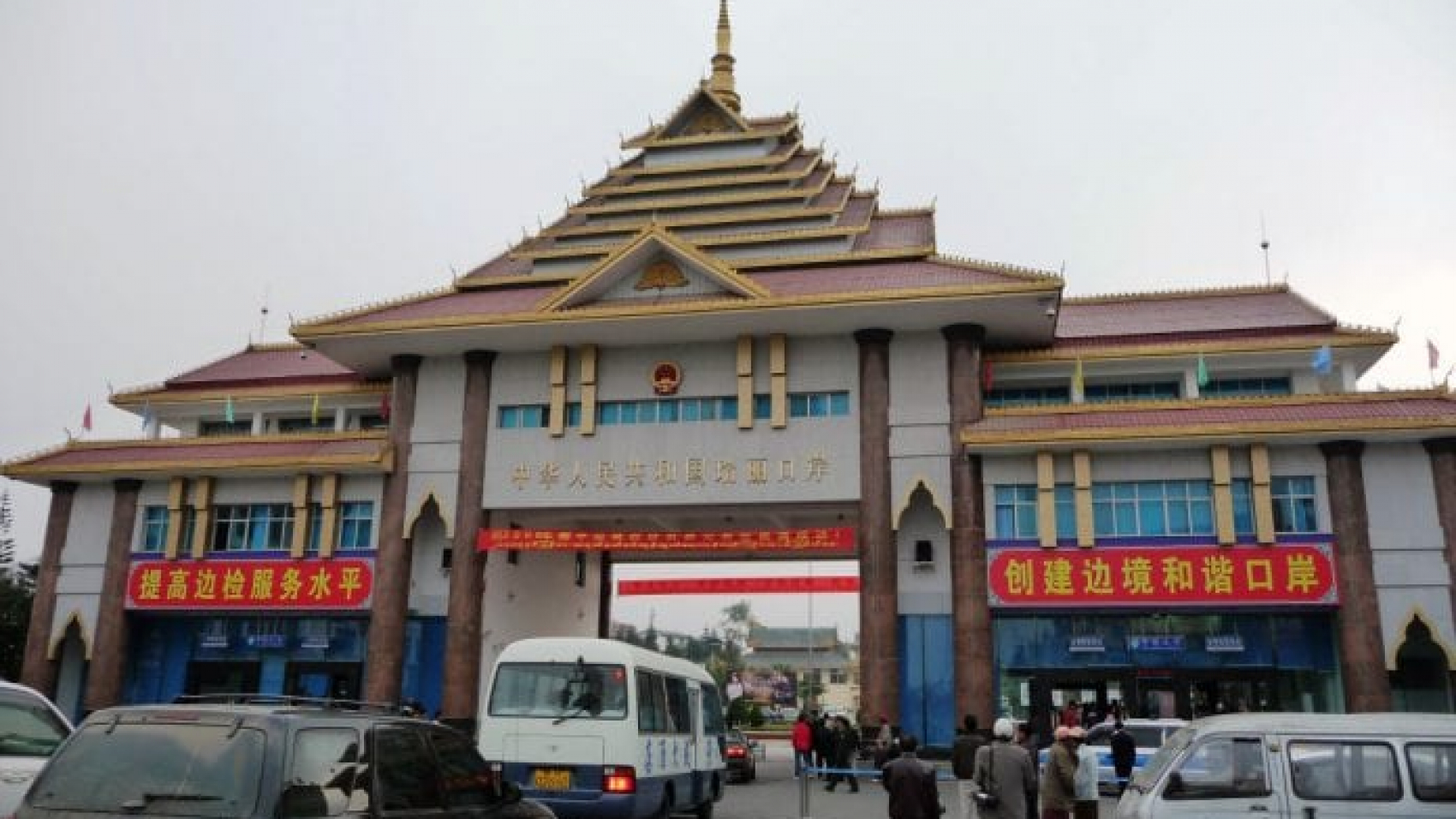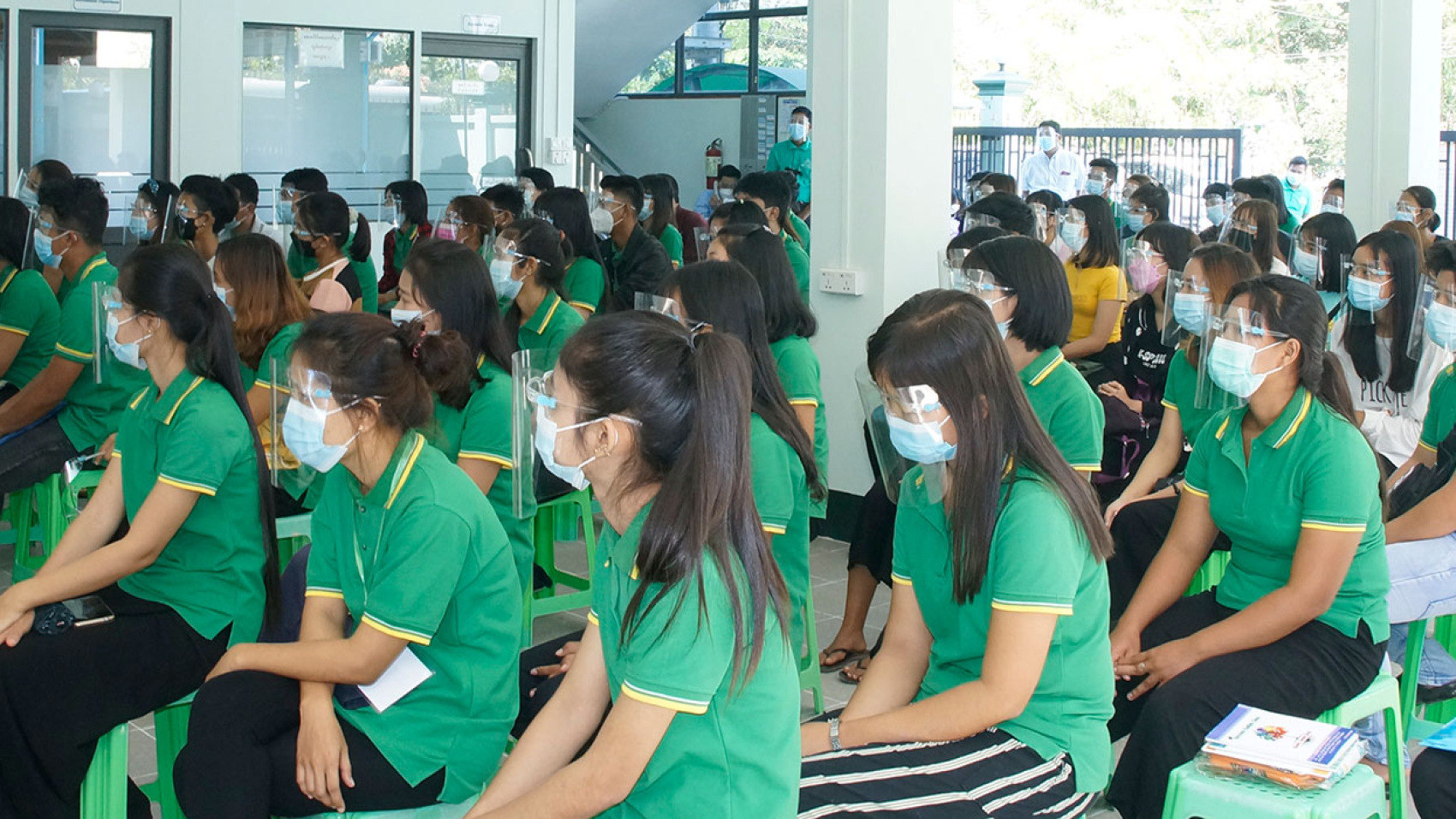During the week ending 22 November, Yangon’s Bayint Naung Wholesale Market saw an entry of newly harvested monsoon onions and Chinese onions and old summer onions. Chinese onions flowed into the markets at a cheaper rate. Although the wholesale reference price of palm oil increased, the market price and the delivery order price declined. The prices of black gram and pigeon peas also decreased.
Onion
On 22 November, 120,000 visses of onions from various regions flowed into the Yangon market.
The prices of old summer onions stood at K3,000-K4,400 per viss of onions from the Seikphyu area, K3,800-K4,800 from the Myingyan area and K2,200-4,200 from the Myittha area, whereas Chinese onions moved in the range between K2,600 and K3,400 per viss.
Garlic
The wholesale prices of the Kyukok garlic variety were K3,325 per viss on 22 November, while the local garlic from Shan State (Aungban area) moved in the range between K2,900-K3,900 per viss.
Potato
New Chinese potatoes entered the Yangon markets at cheaper rates, with K1,900 per viss of Chinese potatoes. Old Chinese potatoes were priced at K2,400 per viss while the local potato from Shan State (Aungban area) was valued at K1,900-K2,150 per viss.
Chilli pepper
Monsoon chilli pepper price dipped. The Yangon market saw a large supply of chilli peppers from various regions.
On 22 November, the wholesale prices of chilli peppers were K17,000-K17,300 per viss of Shan long chilli pepper, K16,500 for the Indian Moehtaung variety. The bell pepper from Shan State fetched K21,000 per viss. The long chilli peppers processed at cold storage were priced at K21,000 per viss and the bell peppers were valued at K31,000 per viss.
Palm oil
The wholesale reference price of palm oil in the Yangon Region this week was up by K30 per viss compared to the last week’s price. The reference price for a week from 21 to 27 November was set at K4,380 per viss.
Consequently, the wholesale prices of palm oil barrels were K5,600-K5,750 per viss on 22 November.
Rice
On 22 November, glutinous rice prices were K95,000-K98,000 per viss. The prices of high-grade Pawsan stood at K85,000-K94,000 per bag from the Shwebo area, K62,000-K67,000 from Pathein/Myaungmya areas and K58,000-K62,000 from the Pyapon area, while the prices of other rice varieties were K49,000 of short-mature rice (90 days), K46,000 for rice grown under the intercropping system and K42,000-K43,000 for monsoon low-grade rice.
Pulses
The prices of various pulses stood at over K1,726,000 per tonne of black gram (Fair Average Quality/RC), K2,036,000 per tonne of black gram (Special Quality/RC), K1,895,000 per tonne of pigeon pea (red gram) RC and K4,100-K4,300 per viss of chickpea on 22 November.
Source: The Global New Light of Myanmar

